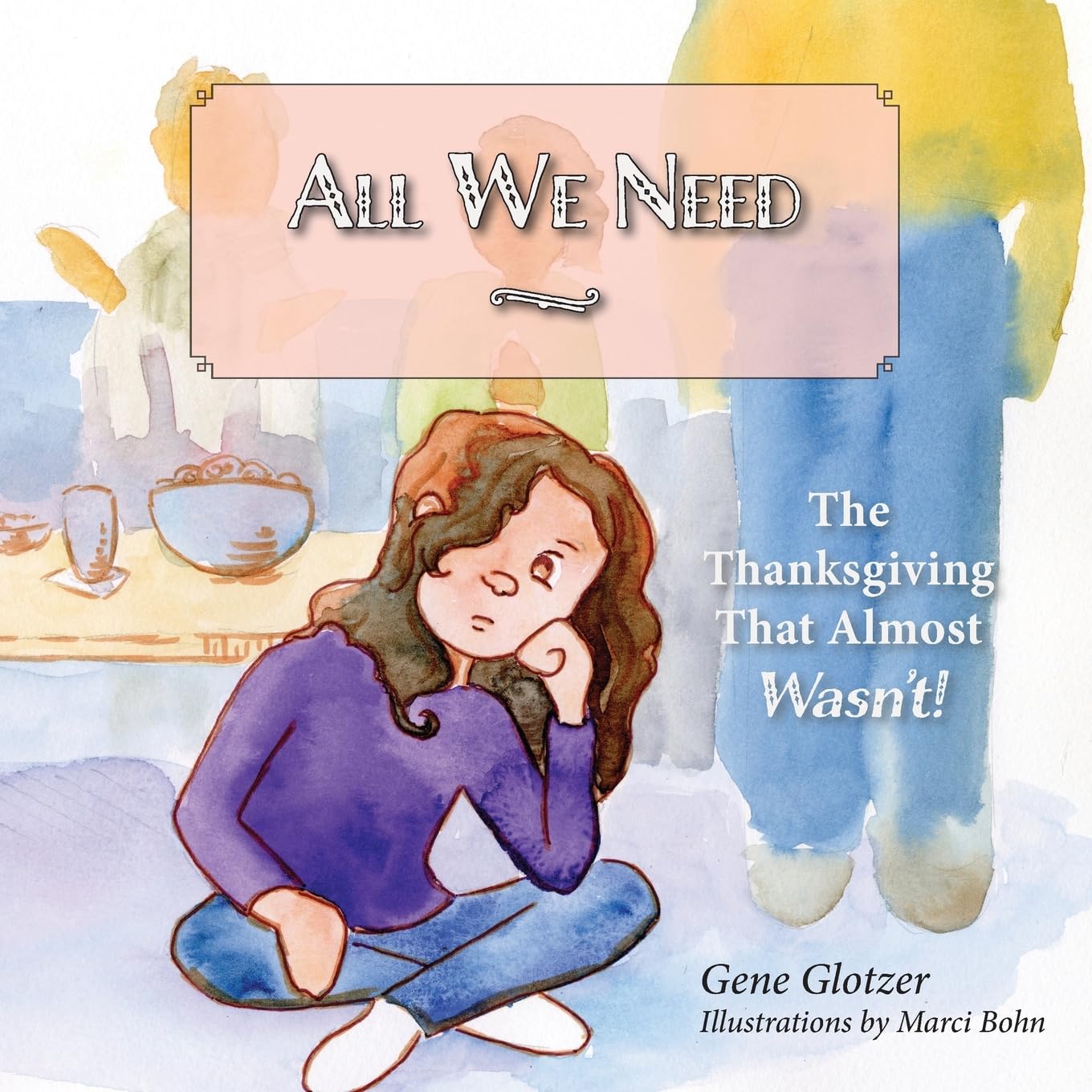I have a Christmas tradition that I would like to share. Every year, for the past twenty or so years, I have read A Christmas Carol by Charles Dickens. I always read it over five nights, one stave per night, so I finish the book on Christmas Eve. I don’t know exactly why I started this tradition. I had never read the book before graduating from college. I knew the story, of course. I had seen Mickey’s Christmas Carol and The Muppet Christmas Carol and Scrooged, but I was curious about the original. Needless to say, I liked it. So much so that I’ve reread it every year since.
For anyone not familiar with the original, I highly recommend it. But, if you’re not a reader, I’d say the Muppets do the best adaptation with Patrick Stewart a close second. Gonzo is the perfect narrator. He captures the spirit wonderfully. And, being the Muppets, they bring out the joy in the story, and it really is a joyful story.
Tonight I read Stave One – Marley’s Ghost. I enjoyed it as much as I always do. It has such a great opening, “Marley was dead, to begin with, there is no doubt whatever about that.” It’s attention getting and raises curiosity. But, what’s really fascinating is how Dickens breaks every writerly rule in crafting his opening, and it still works beautifully. He uses a cliché almost immediately with, “Old Marley was dead as a door-nail,” as a one sentence second paragraph. Then, goes on to address that cliché in the third paragraph. He addresses the reader directly at the end of the third paragraph. He strays off topic and describes characters and settings that have nothing whatever to do with the story. There are so many extra words. But, it is a genius opening because it establishes the narrator as a character, and a likeable character. The narrator is someone you don’t really know, a bit odd, but open, kind, honest and engaging. The fact that Dickens tells the story through this voice is what allows the magic of the tale to come through.
Next comes a scene with Scrooge at work when his nephew stops by. It establishes Scrooge’s character right away. He’s a mean old man, but he is smart and witty. And his meanness is less about malevolence than it is a dislike of frivolity. The back and forth between Scrooge and his nephew shows them both to great effect. And Bob Cratchit, while doing very little, makes enough of an impression to bear fruit later. Scrooge’s nephew is followed by two men asking for a charitable donation and a caroler. These just reinforce the exchange between Scrooge and his nephew and set up a scene for the end of the book.
After this, the mood changes a bit. It becomes a ghost story. The setting moves to a big, empty house on a dreary winter night. It starts slowly, with Scrooge unsure of what he experiences. Scrooge tries to deny what he witnesses, but is overwhelmed by the sights and sounds. The ghost of Marley visits Scrooge to help Scrooge avoid an afterlife of torment. The exchange with Marley is another bit of brilliant characterization. While establishing that Scrooge has made all of the same mistakes that Marley had made in life, it shows Scrooge to be witty, curious and practical. These last two are crucial. Without the curiosity and practicality, his change wouldn’t be believable. And if the character isn’t believable, the story wouldn’t work.
The rest of the stave just sets up what is to come. We learn that Scrooge will be visited by three spirits over the next three nights and that he must learn their lessons to be redeemed. This is one of the few things in the book that I’ve never quite understood. Why does Dickens clearly say that the spirits will visit over three consecutive nights when they all appear in one night? It sets up an expectation, then thwarts it, for no reason. It’s a small flaw, easily overlooked. I’m looking forward to tomorrow night.








One thought on “Charles Dickens – A Christmas Carol – Stave One Marley’s Ghost”